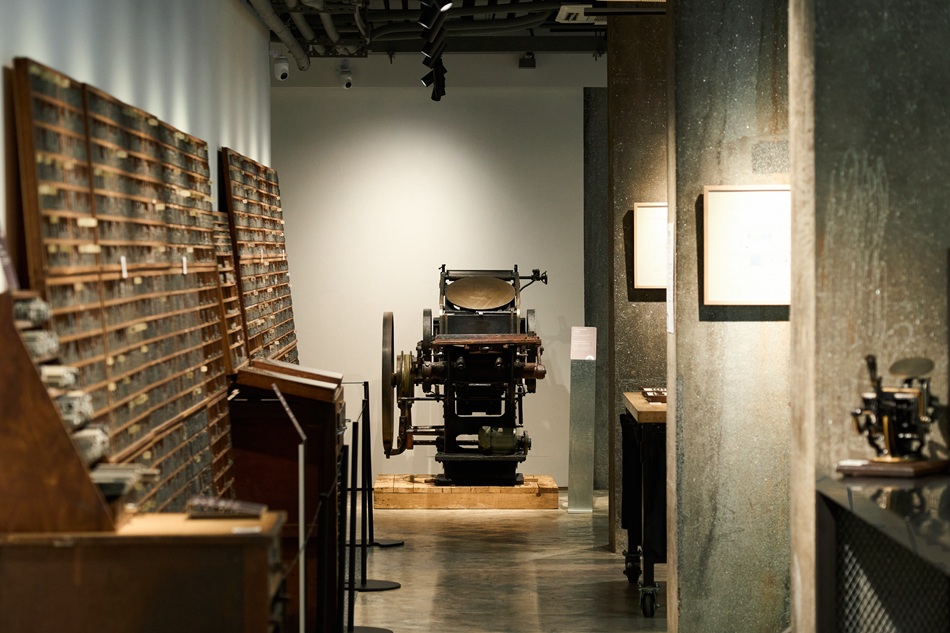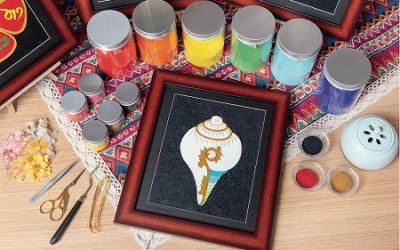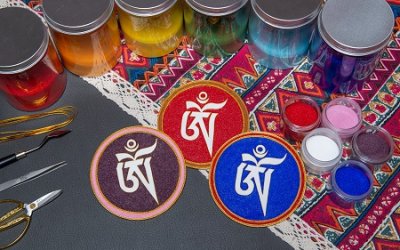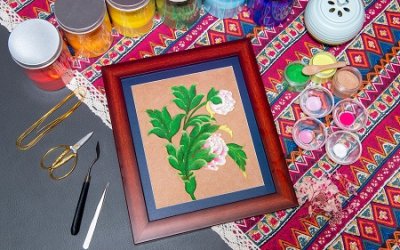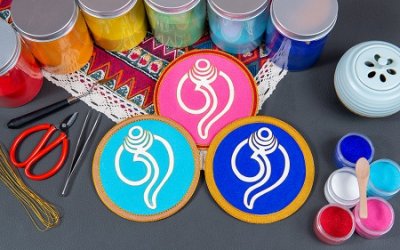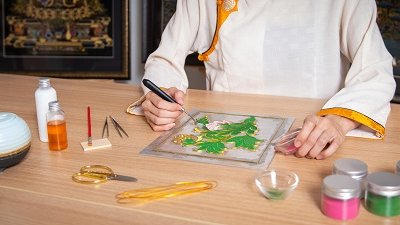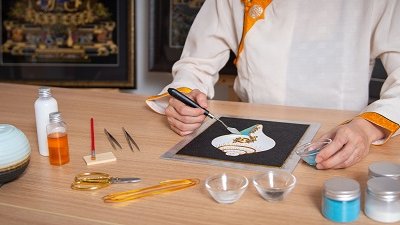Cloisonne Filigree Workshop
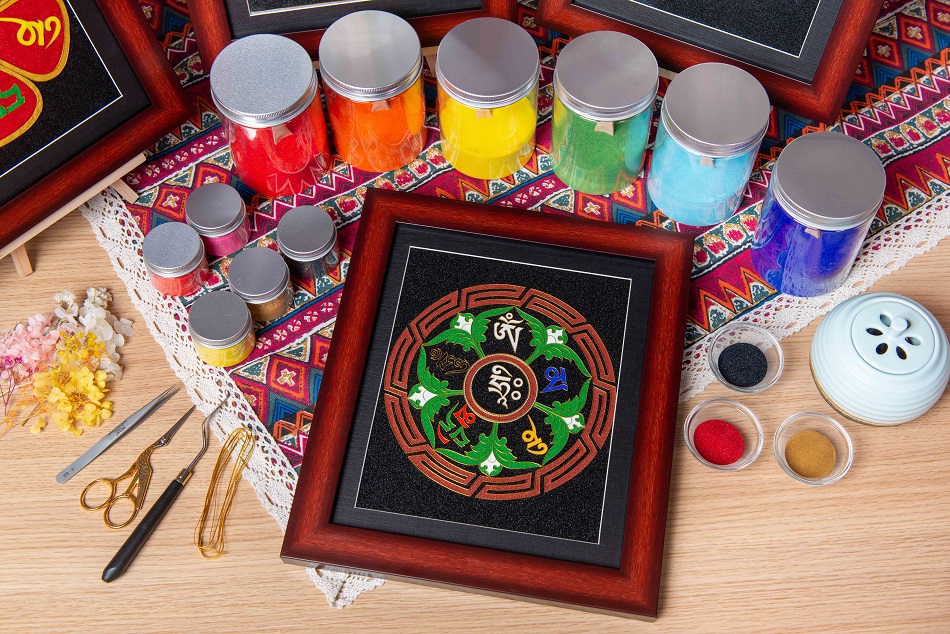
19 June 2021 (Saturday) – 12 September 2021 (Sunday)
12:00nn – 7:00pm
TIME: 12:00nn – 7:00pm S505, Staunton
S505, Staunton
$750 up
info@livinxperience.com / +852 3460 5180
Cloisonne Filigree Workshop
Experience the China Intangible Cultural Heritage – Cloisonne Filigree craftsmanship, select a Tibetan cultural graphic draft, outline with filigree golden beads, and fill colours with cloisonne mineral pigments.
Tsultrim Norbu, Tibetan Cloisonne Filigree Thangka Artisan, was born in Tibet-Chamdo, and currently based in Qinghai-Yushu, China. Officially began his Thangka journey in 2000 through painting Thangka in Tibetan Buddhism temples, he then became apprentice of Miansa Thangka master Qu Xiong Ze Ren in 2005. In 2010, he mastered the craftsmanship of cloisonné filigree and thus developed his unique cloisonné filigree Thangka art style over the past ten years.
Debby Shing, our HK instructor, has learnt the sophisticated, intricate and exquisite craft from Master Norbu throughout the past year, and is hosting beginner courses and experiences in Hong Kong. Although travelling is on hold under the pandemic, you can experience this unique Tibetan culture and ancient craft in Hong Kong now!
Course content:
- Introduction to Tibetan Thangka art and Cloisonne Filigree craftsmanship
- Demonstration of Cloisonne Filigree technique
- Appreciation of Cloisonne Filigree Thangka works of Master Tsultrim Norbu
- Learn to make your own Cloisonne Filigree Artwork (pattern hand-drawn by Master Tsultrim Norbu)
- Cloisonne pigment mineral glaze of your choice (subject to colour availability)
Book now: https://www.tsultrimnorbu.com/book-online
—————————————
Cloisonné first developed in the jewellery of the ancient Near East, and the earliest enamel all used the cloisonné technique, placing the enamel within small cells with gold walls. It has been used since 3000BC, for example in Mesopotamia, and then Egypt.
From Byzantium or the Islamic world the technique reached China in the 13–14th centuries. The most elaborate and highly valued Chinese pieces are from the early Ming Dynasty, especially the reigns of the Xuande Emperor and Jingtai Emperor (1450–57). In much Chinese cloisonné blue is usually the predominant colour, and the Chinese name for the technique, jingtailan (“Jingtai blue”), refers to this, and the Jingtai Emperor.
Know more about TSULTRIM NORBU – Tibetan Cloisonne Thangka Debut Exhibition
Website: www.tsultrimnorbu.com
Facebook: www.facebook.com/tsultrimnorbu.thangka
Instagram: @tsultrimnorbu.thangka


